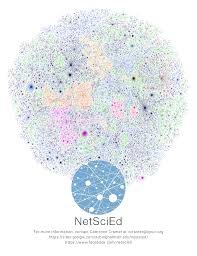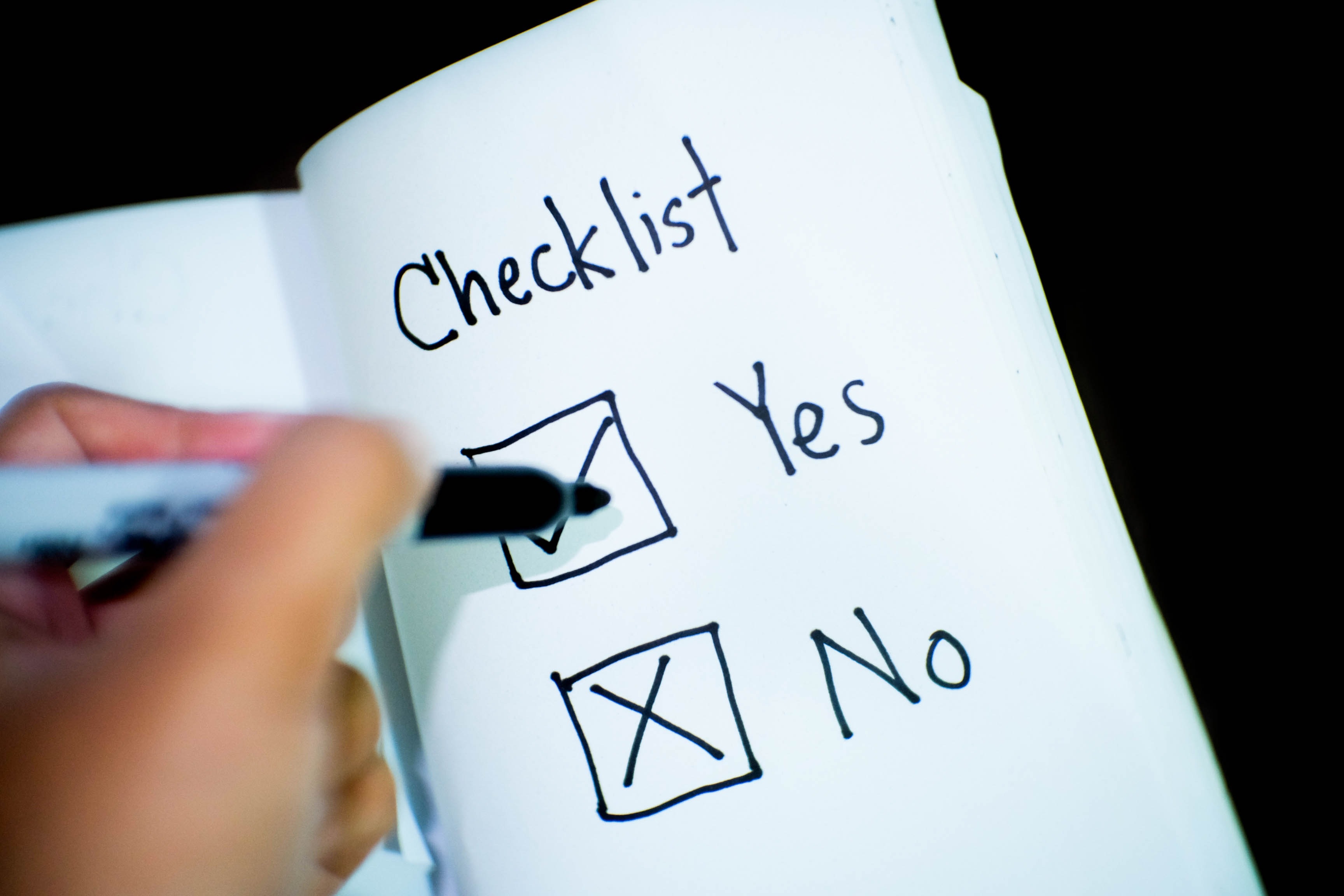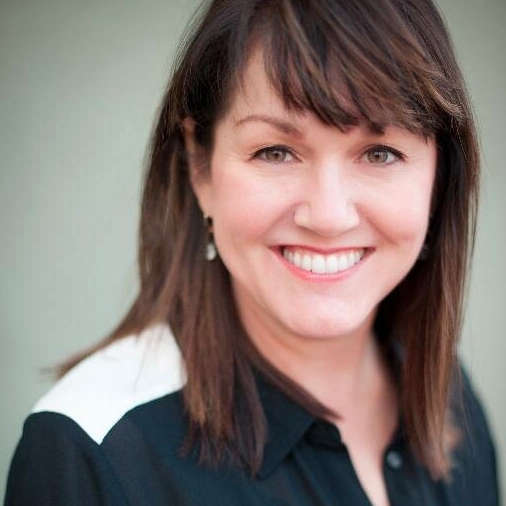By Shelley Smith
Network Literacy is becoming an increasingly needed skill in our highly connected age. NetSciEd released an infographic-type brochure that “provides and initial step toward facilitating the development of network literacy.”
This got me thinking about my own social network use, information silos and critical thinking. As a self-proclaimed “Social Justice Warrior” I have curated my social media networks to provide a steady stream of political information as well as reinforcement of my own beliefs. For example, as a body-positive fat person, I follow several body-positive influencers and the imagery in my feed has a lot of fatness. This is a positive reinforcement of my own journey to body-acceptance as well as a block to anti-fatness sentiments. I engage with several anti-oppression organizations and influencers via social media similarly, which leaves me in a bit of an information silo. However, connecting to the “opposition” to break myself out of that silo means getting digitally assaulted with sexism, heterosexism, racism and all the other things I’m working hard to unlearn.

Orgnet’s Social Network Analysis gave me a good perspective on how I might break out of my information silo in a way that could potentially reduce the direct harm popping up on my socials. The metaphor of the silo is that is is very deep, but not really wide comparatively. Utilizing a little network literacy, I can widen my silo to sources that report on the opposition. Groups to which I belong could have varying sizes – vast and nationwide to small and local, offering the big picture and local details of a particular issue. My social media networks and connections have depth and lack breadth. Using the three “centrality measures: Degree Centrality, Betweenness Centrality, and Closeness Centrality,” here are some ideas I have about diversifying my social media networks:
Degree Centrality is my immediate “clique.” This constitutes my close network of people who interact with me and each other. I’ve got several of these based on the “group” to which I belong. We know each other either online or in person or both. My Degree Centrality overall is pretty good with my social media network connections. We all stay pretty well connected within a group or “hub.”
Betweenness Centrality is an area where my social media networks could use some work. I follow my friends and sizable organizations, but don’t often relay information. It’s as if I visit several silos that are close together and pretty similar and never share what I found in one silo with the folks in the next silo. Maybe the problem is that it’s actually just one silo. Using the social media example, I use Facebook, Twitter and Instagram. Perhaps if I engaged on Tumblr or Reddit, I’d have a better position to “broker” information between my groups.
Closeness Centrality is also pretty decent in my social media networks. I have my personal groups and hubs of which I am a member, while also admining a group Facebook page socially, as well as several groups in a professional capacity for my employer. I’m close to bigger networks and more personal networks – and also see opportunity to position myself outside of my tight-knit hub.
Where are you in your social networks, digitally or otherwise? What silos are you in? How can you use this example to widen and de-centralize your networks?




Very fascinating read, Shelley. Regularly analyzing our social and information networks is super important in this day and age. We risk, as you note, trapping ourselves in information silos. We see this so clearly on Facebook; algorithms push specific content to the forefront of newsfeeds, creating a false information universe. I’ve spoken in class about how I try to keep my Facebook friend circle wide, and as frustrating as the posts are from folks back home, I’d rather know those ideologies exist than be painfully unaware.
I think I do pretty well in the areas of betweenness centrality & closeness centrality. I think having lived in two different regions with increasingly divergent political values helps with this.
On Facebook, I occasionally cheer on my silo-busting friends and occasionally comment on their posts, but I usually avoid posting anything but the most milk-toast sentiments on my profile page. There are some subjects I’m not comfortable discussing in front of 1000 people. In spite of Facebook’s reputation as being a “mombook” I’ve backed away from discussing my kids or my parenting as well, because I don’t want someone to tell me my kid is fat or needs a different haircut or might be “missing ear parts” (I’m actually quoting from a family member). People say the darndest things on Facebook!
Plus I know I have FB friends, some family, whose political views are very different from my own. I do something think of posting a joke, only to wonder “What would my vegan friends think of me?” What’s a conflict-avoidant person who loves farm-animal jokes to do with such a large, varied audience?
However, I would like to expand the realm I get information from and crawl out of my news-silo. My news sources are slightly left-leaning and it frankly makes the world pretty confusing to not be hearing the other side of the coin. It makes me think of the “know thy enemy” saying from The Art of War. I would like to have a more nuanced understanding of my own positions and understand the major societal conflicts better, hearing the other side is important if you’re going to win political battles.
Incidentally, as a farm kid I can’t hear the word “silo” without hearing someone telling me never to get in one because I might suffocate.
Shelley this is great. It can be very hard to analyze ones own social media platforms and come up with plans to improve them, well for me it is. 🙁
The point about creating silos is very interesting, especially for the younger generations who get most of their information about the “real world” from social media. If they are creating silos that are surrounded by their interests and only their interest what important information are they potentially missing out one.
It’s me, I am younger generations. Well at least in terms of my social media use. Besides Twitter, which I don’t access as much, I found that my Instagram and Facebook are pretty limited in terms of following and engaging with content from various political and news sites. It made me think about what important things I am missing out on because of how I use social media.
Change is coming. I have already looked at how I can work to improve my feeds and timelines to incorporate more world relevant information and not just retail and shopping profiles. 🙁
I sometimes feel like I’m in a silo too and it is very important for me to look at what else are out there in the world. I have thought about creating a few accounts on Instagram and each would follow a different group of people/media. So I can switch between accounts to look at different content when I want to. I haven’t put it in practice yet but I look forward to learning from this experiment and see what I will learn.
Shelley, your examples prompted me to think about a time when MySpace and AOL were beginning to phase out and Facebook emerged as THE social network to grow (at least for a high schooler in 2006). It has been fascinating to watch Facebook and the centrality measures evolve.
In the context of Degree Centrality, people were far more connected with each other as they sought to build their social network up and niche groups were less visible. People were motivated to accrue as many friends as you could, e.g. more “nodes.” You had a seat on the bus, or you didn’t (no, not a reference to Jim Collins’ work).
Today Degree Centrality is still in tact on Facebook with “It’s a small world” interactions, but few people seem to be able to leverage high Betweenness Centrality today, because people can access information from other people on other platforms. I suppose if you are in a silo, you still hold the keys to information in a single network, and are therefore operating with more influence in that network. Great post, Shelley!
Shelley, great explanation of different degrees of centrality and how they affect our social media. Similarly to Alisha, I have a lot of family who have a different, more conservative view point than my own. I acknowledge their posting by reading, but don’t engage or post otherwise about my own views. I do find it helpful to have facebook connections with differentiating views as it widens my “silo” a little bit. I would say this gives me good betweenness centrality on Facebook.
However, my Twitter and Instagram accounts are much more strong in the degree centrality area. I follow a lot of the same people and groups on Twitter, and don’t really pass along different information than the information my friends and followers are already passing along.
From this exercise I can see that I need to do better in passing along content that is different than what my followers and friends already share. This will allow greater diversity in ideas and hopefully provoke deeper knowledge and thinking.
Interesting thought experiment, Shelley! This reminds me of the paper we wrote for Dr. Lawrence’s class where we spent a week analyzing our social media habits. Similar to your experience, I learned that I hang out in a lot of different silos, can predict within a fair degree of success of what to expect while in those silos and rarely contribute anything. Your point about breaking the social media mold is something I try regularly. However it can be daunting sifting through opinions and viewpoints that are diametrically opposed to your own world view. It’s during those times that I want to leave comments and engage in debates. But as we all know, it very rarely leads to anything positive.